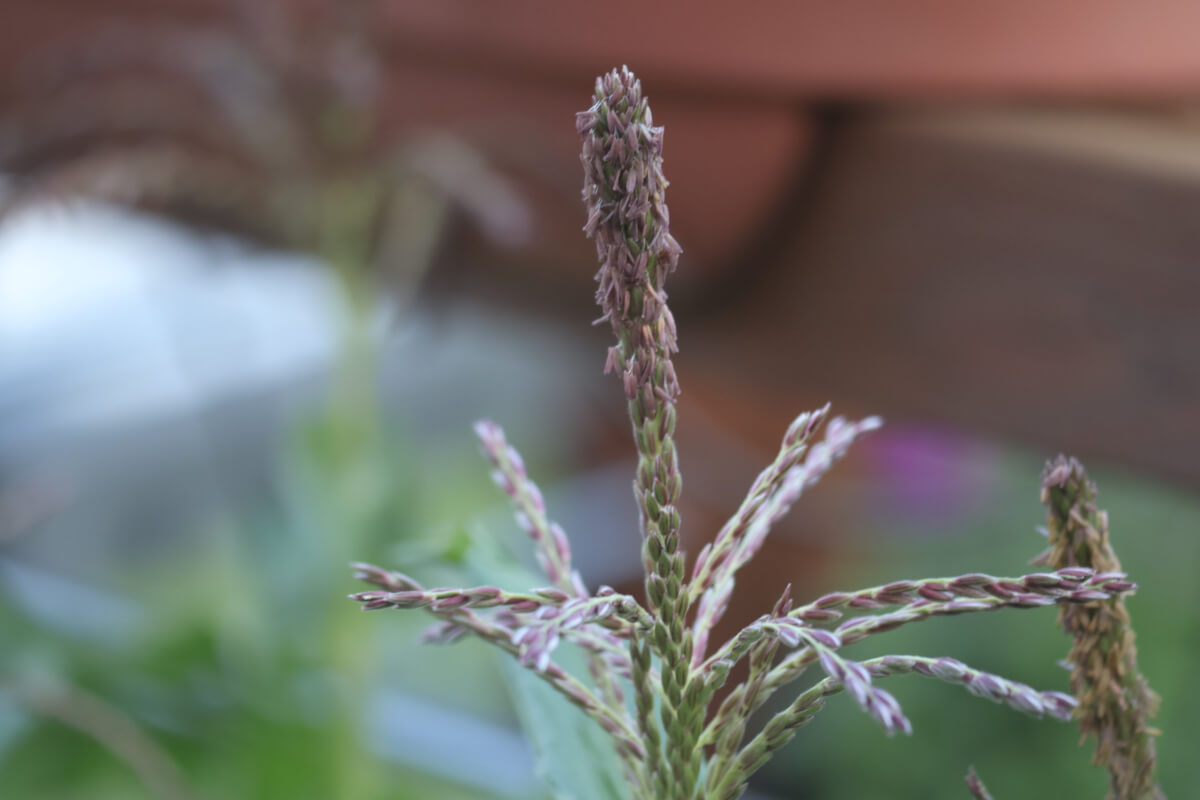We’re going to do a dive into corn this year. It’ll have to be a multi-part series as it doesn’t happen all at once. As northern growers, corn isn’t exactly the staple crop we all think of when it comes to northern growing.
The gist is that certain types of corn have always performed to some degree in northern climates. From what we’ve pieced together, white corn does fairly well whereas yellow corn has always been a disaster. That has changed in recent years with a number of yellow corn varieties that have been bred for colder climate and short season production.
The truth is, we aren’t the Midwest with hundreds of acres of corn, pumping out pollen for mass pollination. Our corn will produce with just wind as a pollinator, like it does in “corn country,” but it can be deeply improved through pollination by hand. Which, brings us to our current topic of this multi-part series.
For the unfamiliar, this is the tassel of corn. It’s the “male bit” of the plant and is always the first to emerge. It’s coated in pollen and by the day, produces more and more pollen in preparation for the next part. Our next post will be about the silk, where we introduce the lady parts of the corn. In corn laden country, the wind will pollinate our crops quite handily. In the far north, however, we “should” encourage that transfer of pollen and we’ll be going through that process at a future time and that’ll be the topic of our third corn post.
Corn is not exactly the crop you’d expect to be spectacular in extreme northern climates, but it can be just that these days. It’s totally doable if you know how it functions biologically. Modern genetics have brought about a new world of possibility, taking us into an era where yellow corn is fully within our capability.
We’ve really enjoyed riding this “new world” of growing possibility, taking northern growing well past where it has been in years past. We’re mesmerized by genetic advancement and grateful for the effort placed in genetic evolution that allows us to work with crop varieties traditionally unavailable to us.


